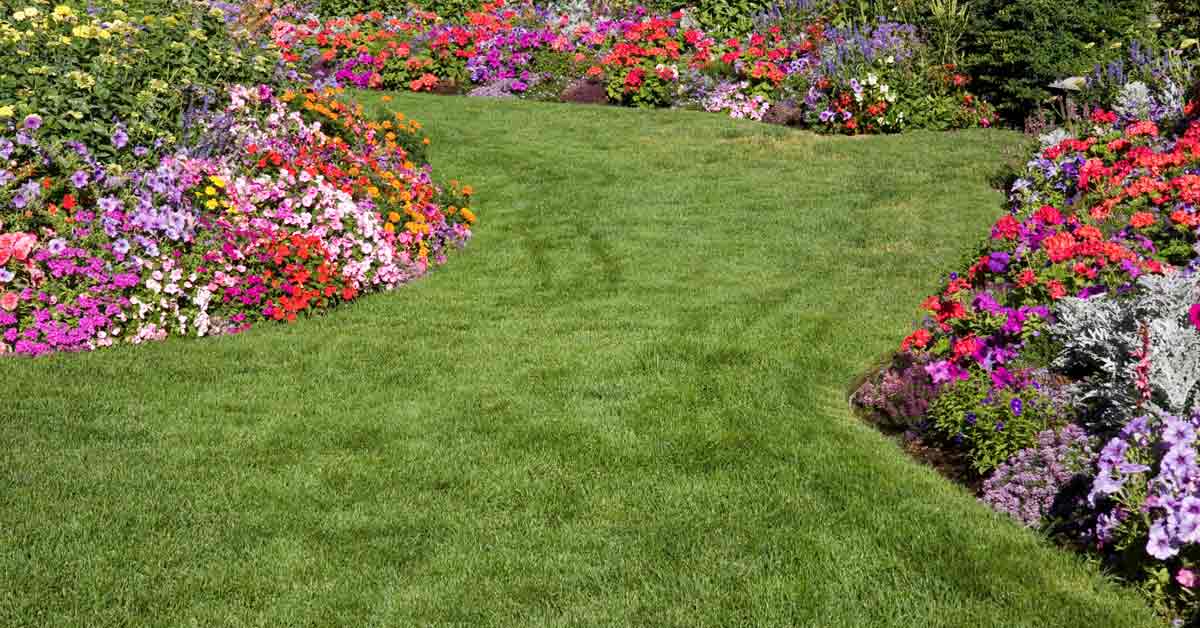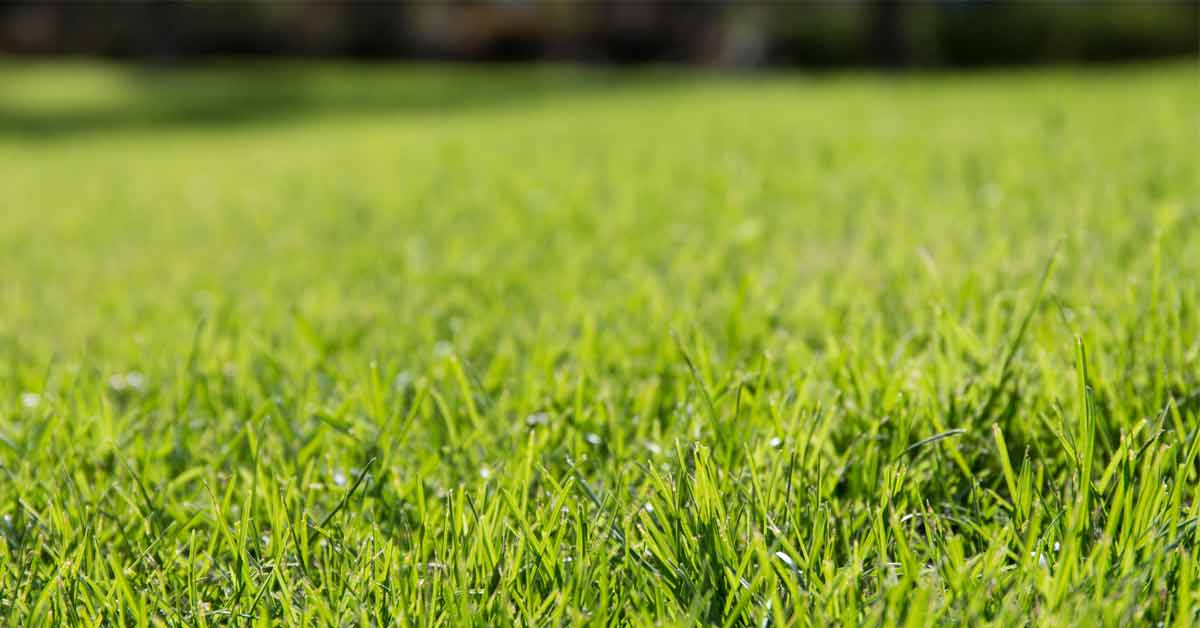Warm Season Grasses
Bermuda, Bahia, Zoysia and St. Augustine
- Warm season grasses are those that thrive well in the spring and summer months in the southern regions of the United States.
- Warm season grasses are planted in the spring when all danger of frost is past. They turn brown or go dormant in the winter.
- All warm season grasses except centipede may be overseeded in the fall, with annual or perennial ryegrass to provide green color throughout the winter with no harm to your permanent warm season turf.
- The best planting times for warm season grasses are late spring to summer when soil temperatures are above 65?F at 3 inches below the surface.
- Use a lawn starter fertilizer for new plantings.
- Once established, if no weeds are present, use a complete lawn food containing controlled release nitrogen in the spring and again in late summer.
- If weeds are a problem on your established lawn, use a crabgrass preventer in late winter before weeds begin to emerge. If weeds persist once grass has greened up during the spring, apply a weed and feed fertilizer labeled for use on these grasses at the recommended rate instead of a stand-alone lawn food.
- Winterizer fertilizers with a low nitrogen analysis may be used during the fall to help strengthen the root system of your lawn against cold weather damage.
Centipede Lawns
- Centipede should be planted at the same time of year as other warm season grasses, but it has some special requirements for proper maintenance.
- Do not overseed centipede lawns with annual or perennial ryegrass. This could weaken the root system and cause a partial or total loss of stand.
- Centipede needs less fertilizer than the other warm season grasses. On established lawns, use a complete lawn food that is specifically made for centipede and contains little or no phosphorus, such 18-0-18. A light application in the spring and again in late summer should be all that is required.


